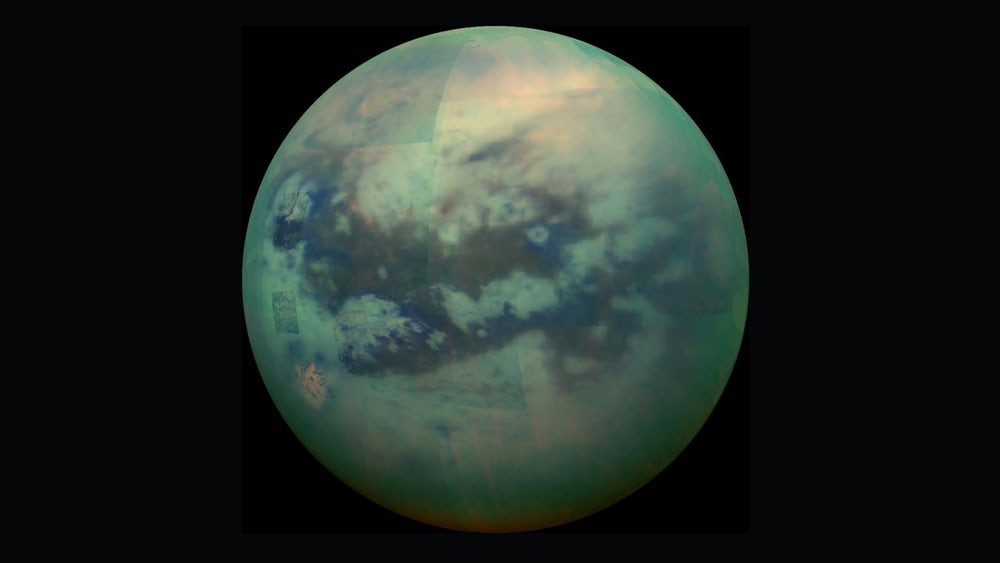
Saturn’s largest moon Titan is a bizarre place with a thick and hazy nitrogen atmosphere, vast hydrocarbon dunes and methane/ethane rain, rivers, lakes and seas. It is thought to closely resemble what the early Earth looked like. While it is much colder than any place here, some scientists have considered the possibility that there could some form of primitive life, albeit “strange life,” unlike anything on Earth. Could the lakes and seas, while not water, still support biology? It’s a much-debated question, and now new evidence suggests that may indeed be possible. The organic compound acrylonitrile (vinyl cyanide) has now been detected in Titan’s atmosphere for the first time, which could, theoretically, form cell-like membranes under Titan’s extreme conditions.
The chemical was found in Titan’s atmosphere, in large quantities, by NASA astronomers using the Atacama Large Millimeter/submillimeter Array (ALMA) in Chile.
“We found convincing evidence that acrylonitrile is present in Titan’s atmosphere, and we think a significant supply of this raw material reaches the surface,” said Maureen Palmer, a researcher with the Goddard Center for Astrobiology at NASA’s Goddard Space Flight Center in Greenbelt, Maryland. She was the lead author of a July 28, 2017 paper in Science Advances.
“The presence of vinyl cyanide in an environment with liquid methane suggests the intriguing possibility of chemical processes that are analogous to those important for life on Earth,” she also noted.
Earthly cells would find Titanian conditions extremely inhospitable, but were there any organic molecules, plentiful on Titan, which could form lipid bilayers, or membranes, similar to cells on Earth? Studies suggested that acrylonitrile was the best possibility.
“The ability to form a stable membrane to separate the internal environment from the external one is important because it provides a means to contain chemicals long enough to allow them to interact,” said Michael Mumma, director of the Goddard Center for Astrobiology, which is funded by the NASA Astrobiology Institute. “If membrane-like structures could be formed by vinyl cyanide, it would be an important step on the pathway to life on Saturn’s moon Titan.”
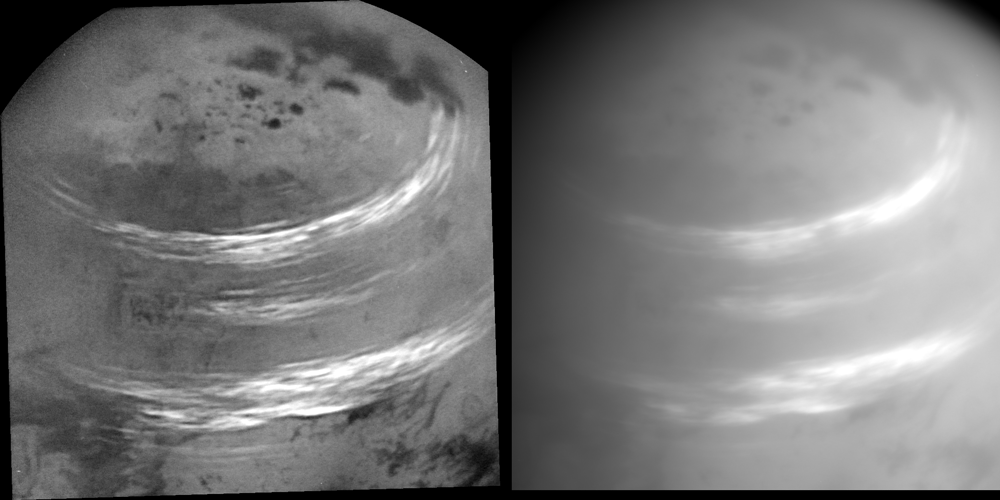
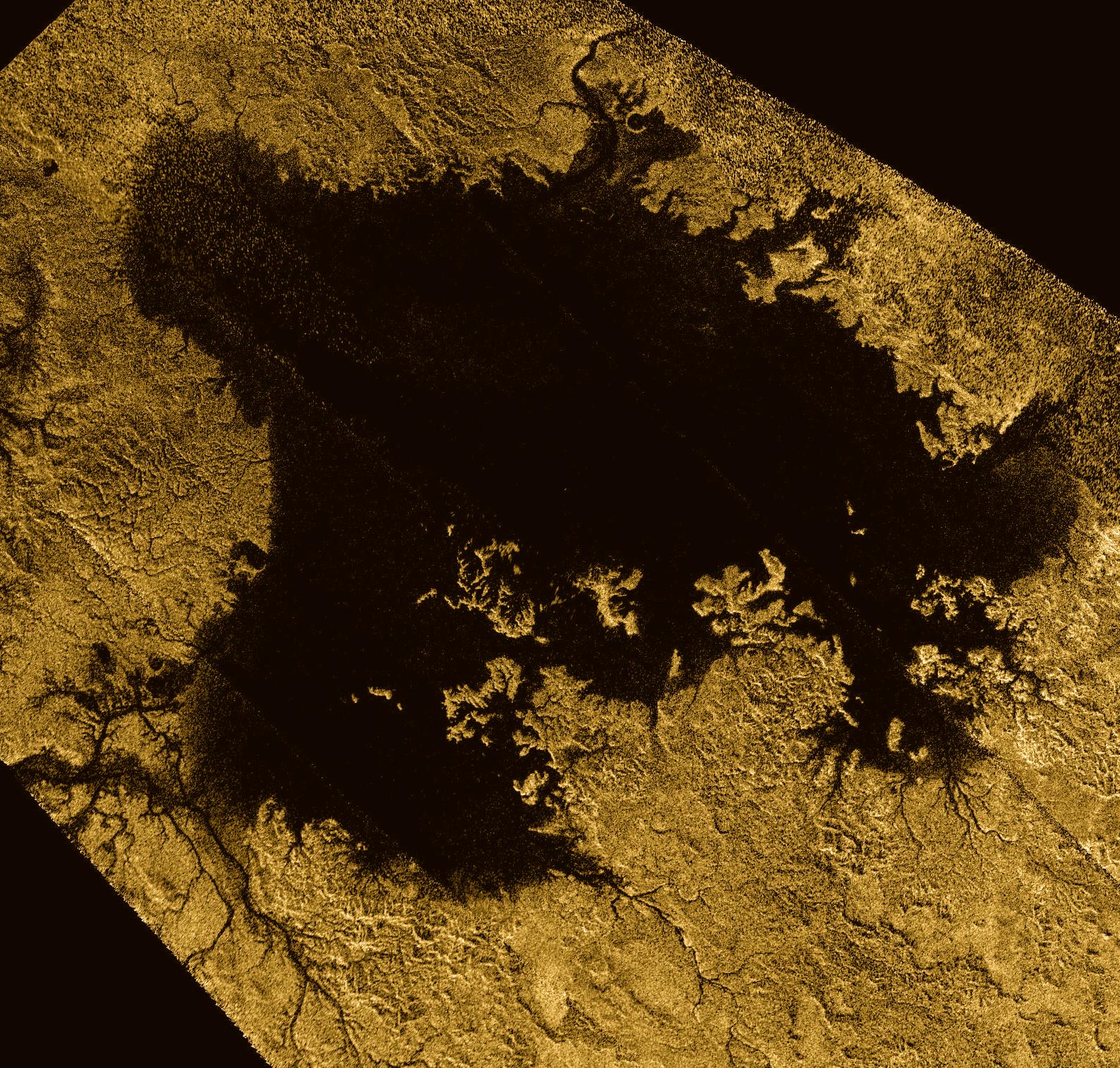
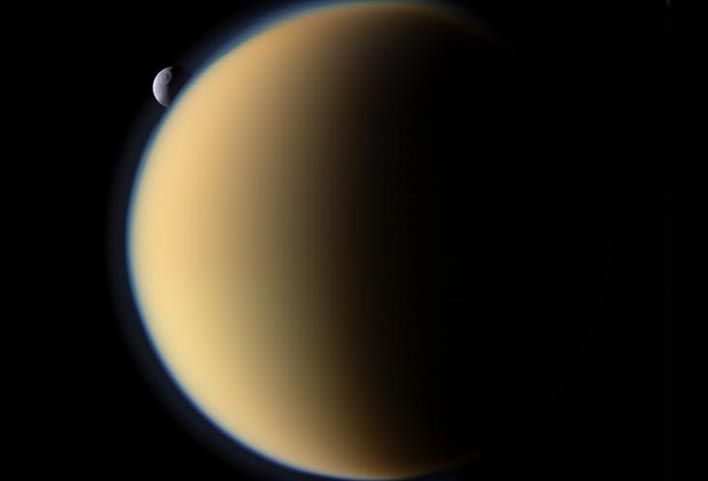
Now that acrylonitrile has been found to be abundant on Titan, up to 2.8 parts per billion in the atmosphere, the question of possible life, or at least the precursors to life, becomes more interesting. Titan has long been thought of as an analog to a very early Earth, when the chemical reactions leading to life were first beginning. Acrylonitrile is abundant in Titan’s atmosphere, but gradually makes its way down to the surface, where interesting chemistry could occur in the lakes and seas.
“The detection of this elusive, astrobiologically relevant chemical is exciting for scientists who are eager to determine if life could develop on icy worlds such as Titan,” said Goddard scientist Martin Cordiner, senior author on the paper. “This finding adds an important piece to our understanding of the chemical complexity of the Solar System.”
Be sure to “LIKE” AmericaSpace on Facebook and follow us on Instagram & Twitter!




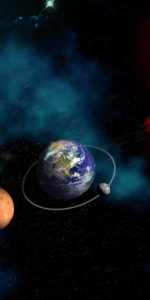
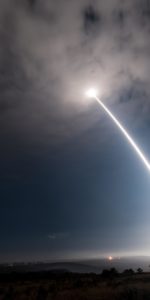
This is the location for an SLS mission…Send an orbiting automated space station to Titan that has the ability to launch probes and retrieve them for deeper analysis in orbit. Make it a Global project to be financed equally by all nations participating and then make the findings completely Open Source.
Spot on, Tracy. Do the same for Europa and have comparative data.
This would be the ultimate exploration project if they could deliver a 100 Ton automated space station to Titan and act as a conduit for conducting global exploration with a truly international team.
Tracy the Troll –
Yep! You have my support for the “ultimate exploration” projects: Titan and Europa!